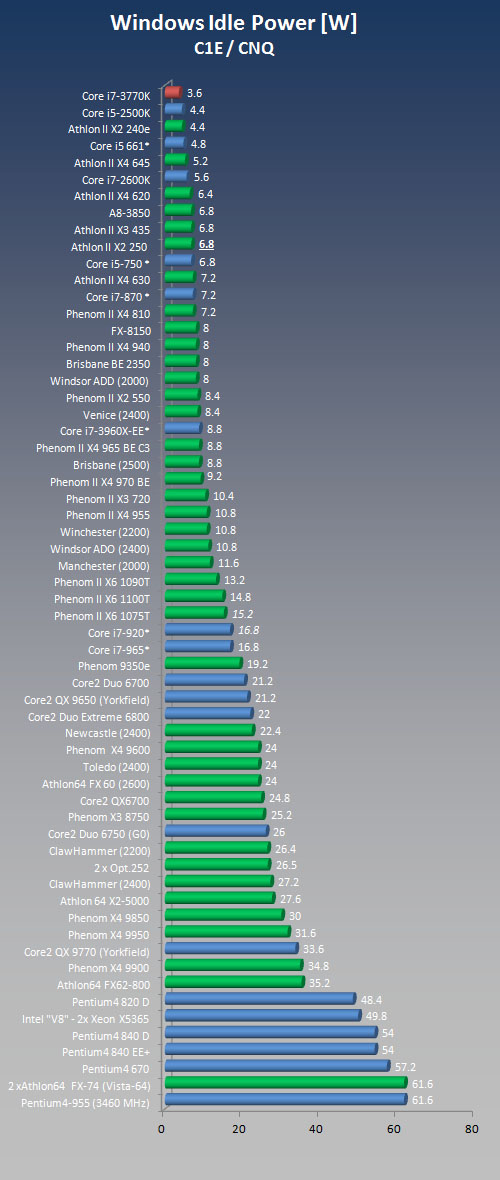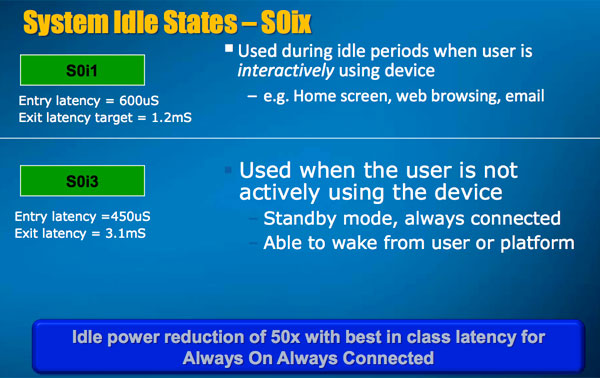Hi,
Everyone here talks about overclocking. Obviously the thing stopping us from overclocking is the temperature.But I just feel curious why we also can't undercloking too far
What I can think of possibly are two reasons:
1. Some peripheral devices will not work when CPU frequency is too low(Is that true?)
2. We need some minimum voltage to make the CMOS circuit work. Probably the Vcc can't go below the threshold voltage of the CMOS gate. And that's the reason why we also can not underclock too far.
Anyone has answer about this?:whiste:
Everyone here talks about overclocking. Obviously the thing stopping us from overclocking is the temperature.But I just feel curious why we also can't undercloking too far
What I can think of possibly are two reasons:
1. Some peripheral devices will not work when CPU frequency is too low(Is that true?)
2. We need some minimum voltage to make the CMOS circuit work. Probably the Vcc can't go below the threshold voltage of the CMOS gate. And that's the reason why we also can not underclock too far.
Anyone has answer about this?:whiste:





